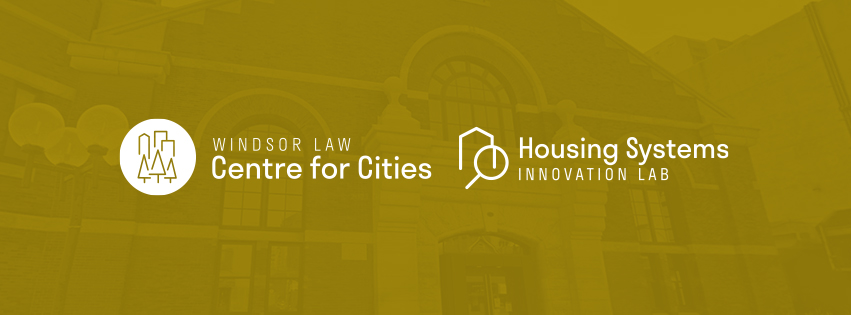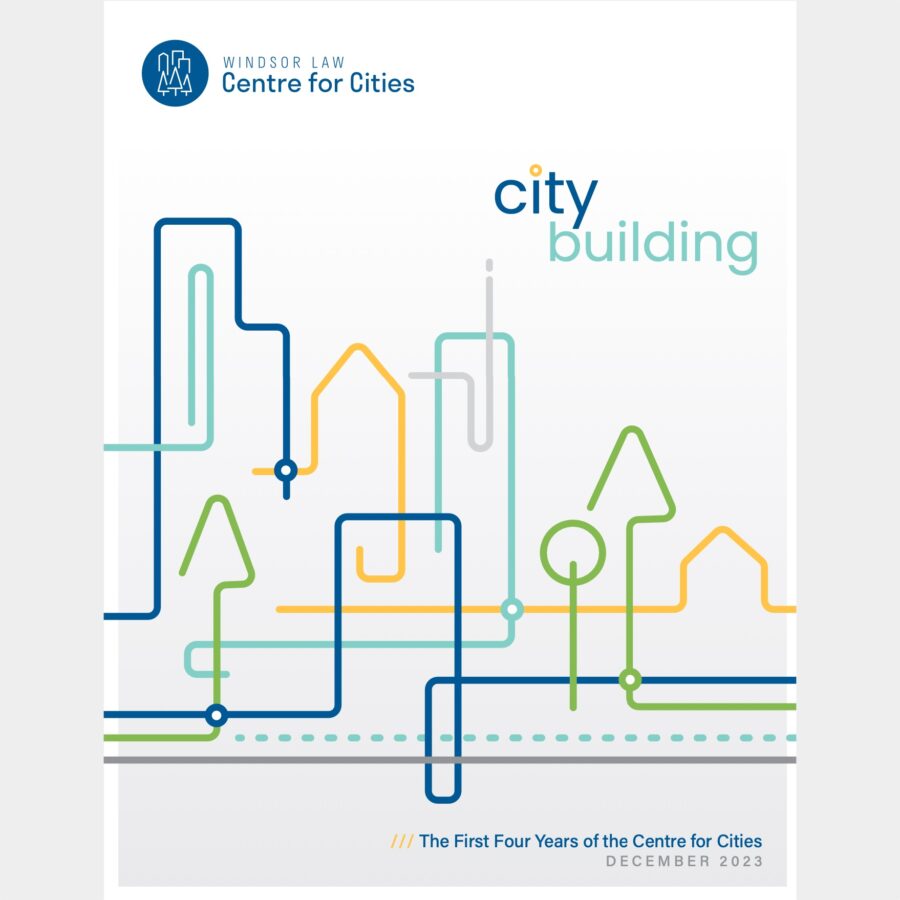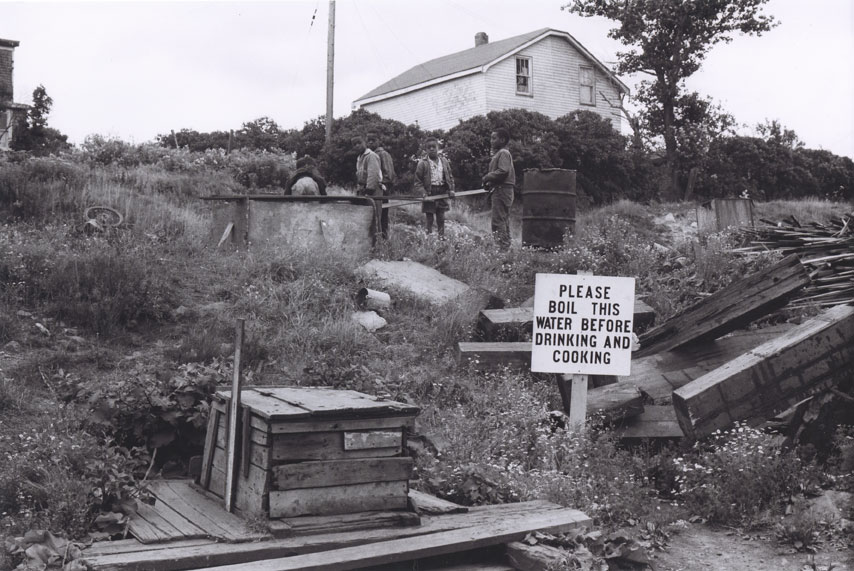
Climate Blog: Fighting environmental racism – a conversation with Dr. Ingrid Waldron
(2 February 2021) By Narmada Gunawardana & Valerie Tan.
Dr. Ingrid Waldron is a sociologist, Associate Professor in the Faculty of Health at Dalhousie University; Director of the Environmental Noxiousness, Racial Inequities & Community Health Project (ENRICH); and co-lead of Improving the Health of People of African Descent at Dalhousie’s Healthy Populations Institute. She is also the co-founder of a new national Coalition on Anti-Environmental Racism which is seeking to have a private members’ bill on environmental racism passed by Parliament.

Dr. Waldon will be speaking at Windsor Law on Thursday and will unpack the concept of ‘spatial violence’ to examine the social justice dimensions of race, place, space in Indigenous and Black communities in Canada.
In advance of the lecture we had a chance to speak with her about her research and advocacy on environmental racism.
Dr. Waldron defines environmental racism as “the disproportionate location or siting of polluting industries in communities of colour, indigenous communities, Black communities and the working poor.” She adds that these are typically communities that lack an economic and political base to fight back.
Dr. Waldron’s work on environmental racism was featured in the Netflix film, There’s Something in the Water, directed and produced by actors Elliot Page and Ian Daniel with Waldron’s support. The film is based on her book with the same name. Dr. Waldron’s ENRICH projects focuses in part on conducting community-based policy research and consulting with government departments and agencies.
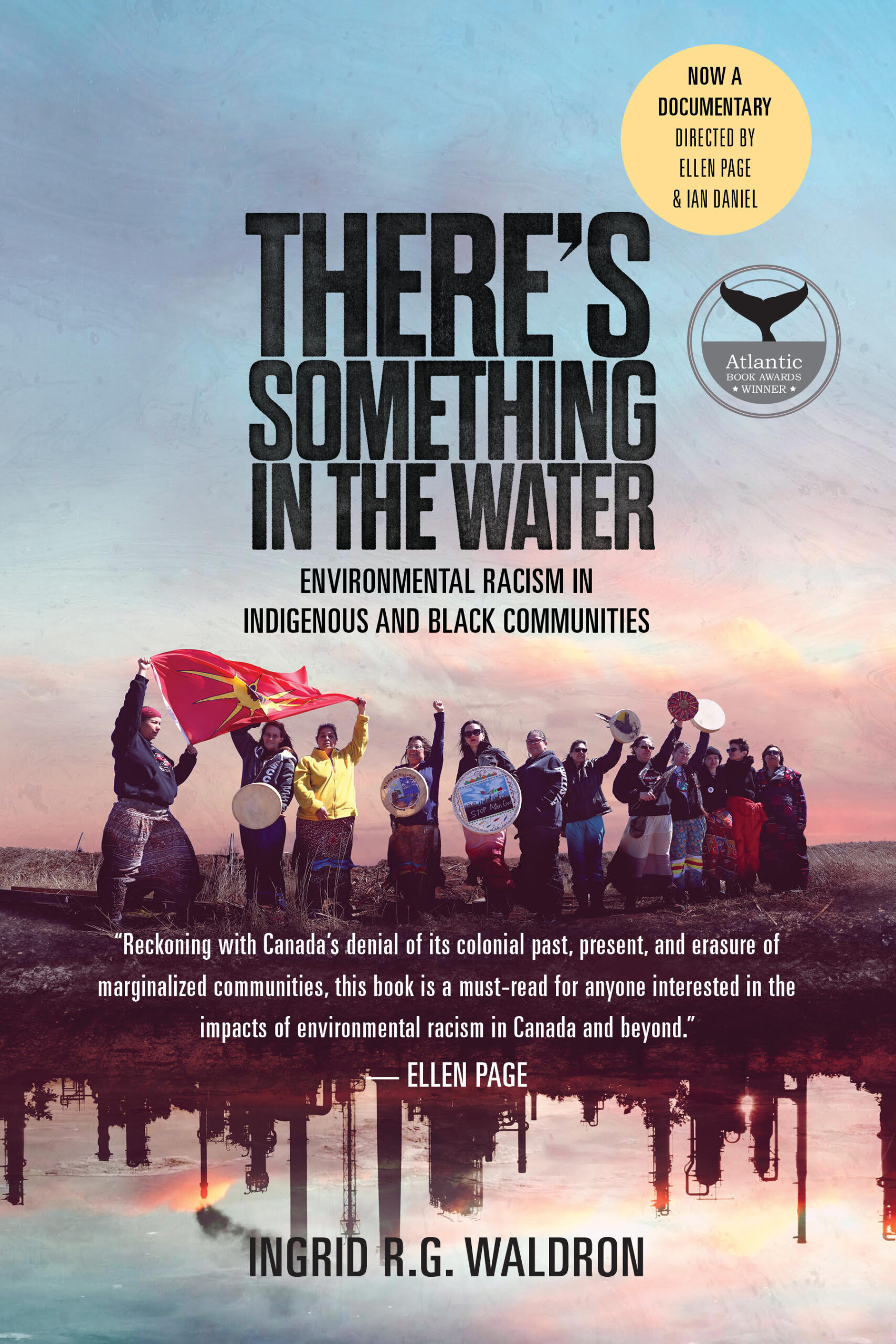
As a health researcher, Dr. Waldron sees environmental racism as a health issue.
In the film, Dr. Waldron discusses how “in Canada, your postal code determines your health.” Filmed in Nova Scotia, the 2019 documentary film shows the importance of localized policy and local community initiatives to address the health impacts of environmental racism. Specifically, the adverse impacts from landfills and treatment facilities are highlighted.
These social determinants of health have also become extremely evident during the COVID-19 pandemic. Dr. Waldron points out that structural inequalities in Canada have worsened the impact of COVID-19. This is because the individuals who are more likely to suffer are those who were already suffering from the social, political and economic inequities that we see in Canada. She uses the example of working from home as a privilege that some communities do not have access to. She states that the inequities that these communities have suffered for some time, were revealed with the outbreak of COVID-19. She states that this is exactly the same thing that is happening with environmental racism and climate change.
Environmental racism is a concern for everyone. Dr. Waldron argues that as a community, we are all connected and while environmental racism may not be impacting you right now, at some point it will because we are so interconnected as people. An example of this is contaminated air, which does not care about community boundaries and will extend out from the most impacted communities.
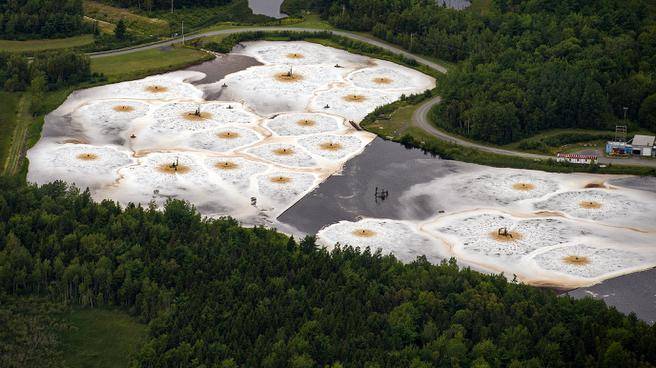
Dr. Waldron lays out two ways to address environmental racism: 1) develop legislation in Canada and 2) provide education on the subject in schools.
Dr. Waldron believes legislation action is imperative because it requires the government to take certain action. A private member’s bill looking to develop a national strategy to redress environmental racism had its first reading in the House of Commons on February 26, 2020. If passed, the bill would require the Minister of the Environment to prepare a report setting out the national strategy, done in consultation with representatives of provincial and municipal governments, Indigenous communities and other affected communities.
Second, Dr. Waldron believes it is important to embed the critical analysis of environmental racism into the curriculum of middle and high schools.
When asked what advice or thoughts she had for youth to tackle environmental racism, she explained the importance of taking a community-based approach. This involves forming relationships with community members to inquire about the community needs. Speaking from her past experience of being a newcomer to Nova Scotia, she attended events and workshops for community members to be able to get to know her, to learn from and to build trust with communities. She also recommended youth take the time to learn about pressing issues, through scholars, books, or articles to have appropriate background knowledge of a given community.
Dr. Waldron’s lecture, “Mapping Racial Geographies of Violence on the Colonial Landscape,” is free and open to the public, but please register here. Viewing of There’s Something in the Water prior to the event is highly recommended.

Narmada Gunawardana and Valerie Tan are Windsor Law JD students and members of the Windsor Law Cities and Climate Action Forum.
Main Photo Credit: Enrich
